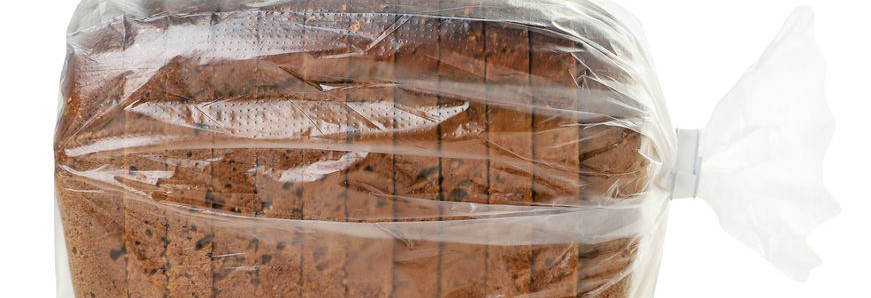
There are a lot of things you should be paying attention to when it comes to extending your product’s shelf life: water activity, acidity control, artificial preservatives and sanitation for starters. But looking for that extra leg up? You should definitely check out antimicrobial packaging.
What are the benefits of antimicrobial packaging?
- Longer product shelf life
- Easier transition towards clean label and preservative-free products
- Access to new markets that otherwise would be too far to be logistically feasible
- Reduction of retail returns and food waste
How does it work?
Antimicrobial food packaging aims at reducing, inhibiting or retarding the growth of spoilage or pathogenic microorganisms that may be present in the packaged food or packaging material itself.
The agents used in the packaging can range from ethanol and other alcohols, organic salts, fungicides, enzymes, extracts, and much more. To be effective, they must be present at the food surface above their minimum inhibitory concentration (MIC).
Antimicrobial agents that can be used include:
- Ethanol and other alcohols
- Organic salts and their salts (e.g. benzoates, propionates and sorbates)
- Fungicides (e.g. imazalil and benomyl)
- Enzymes (e.g. oxygen scavenger glucose oxidase, lactoperoxidase, lysozyme)
- Extracts from spices and herbs [e.g. Allyl Isothiocyanate (AIT)]
- Essential oils (e.g. cinnamaldehyde, eugenol, catechin)
- Nisin and imazalil
- SO2, ClO2, silver ions (Ag+)
- Bacteriocins

